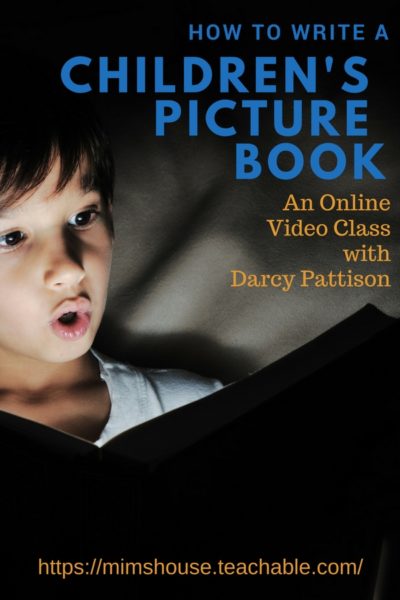Fiction for children, especially younger children, comes in the form of picture books. This series of 30 posts explains how to write and edit the basic picture book, and goes on to discuss specific types of picture books.

Picture Book Basics
Picture Books standards: 32 pages
Putting the Picture in Picture Books
Write the First Draft of a Picture Book
The Dual Audience for Picture Books
Did you Write a Picture Book or Something Else?
Check Your Picture Book’s Story Arc
Shakespeare Helps You Write a Better Picture Book
Picture Book Settings
Options for Picture Book Characters
Playing With Words for Picture Books
Page 32
How to Mock Up a Picture Book
5 Ways to Make The Reader Turn the Page
Revise the Picture Book Text
Specific Types of Picture Books
The Biggest Mistake in Submitting a Picture Book
What Kids Think Is Funny
10 Suggestions for Picture Book Titles
12 Picture Book Topics to Avoid
The Illustrator Doesn’t Tell YOU What to Do
Picture Books: Folk Tales or Modern Stories?
How To Write a Rhyming Picture book
How to Write a Picture Book Mystery
How to Write a Picture Book Biography
How to Write an ABC Book
How to Write a Creative Non-Fiction Picture Book
How to Write a Poetry Collection Picture Book
How to Create a Read Aloud Friendly Picture Book
Voice for Picture Books
Messages, Morals and Lessons in Picture Books
Effective Picture Book Subtitles

Thank you for offering this series–and all the information you share with us in your posts. I love reading about writing technique–when it’s well written and feels right–and yours does. I’ve been enjoying all your posts/articles that I’ve read. An area I don’t feel I know enough about is picture book technique–so I’m really looking forward to this.
Hi, Darcy.
I’ve got a topic for you: amping up the humor in pbs.
Thanks for putting this all together. :)
Tammi
Dear Darcy,
I have just read your ’30 Days to a Stronger Picture Book’ and I wanted to tell you how interesting and helpful I found it.
I have recently sent my first picture book to publishers here in the UK and I’m eagerly waiting their response…Fingers crossed!
Adrian
I am thinking about writing a picture book. Your 30 Days to a Stronger Picture Book posts are very helpful. Thanks for sharing.
I find inspiration going to the library and pouring through many picture books. Feeding your brain with images and stories is the best approach. Once you write a good story, you have to then trim all the fat away so that the story is easy for children to follow. This might take 5 or more revisions. If you can omit a word or sentence without affecting the storyline then do so. Some of the greatest children’s books like “Where The Wild Things are” are very short in word count. Maurice Sendak told this classic children’s story in only 333 words.
Rich Olson/children’s book illustrator SCBWI
http://braintofu1.blogspot.com